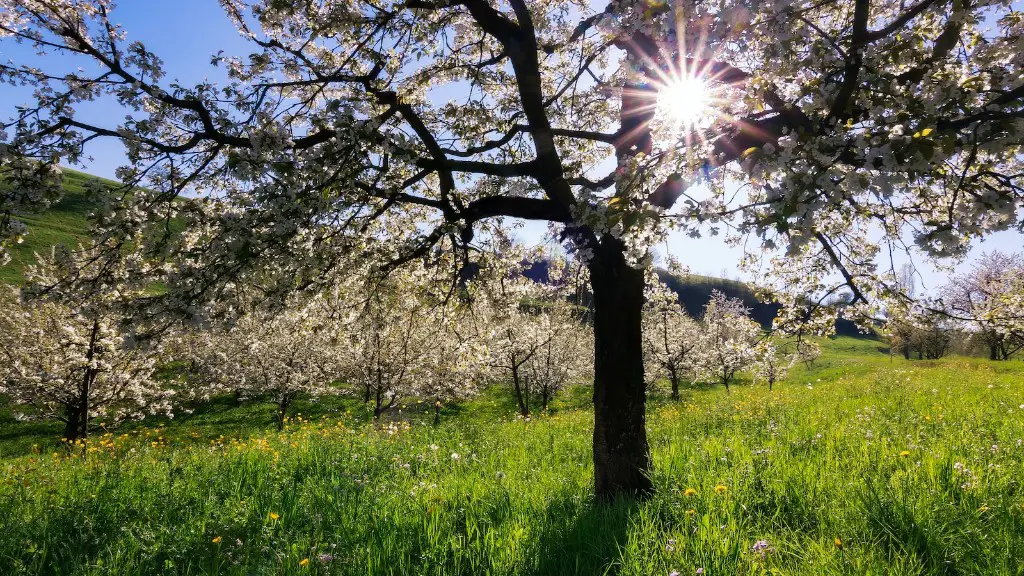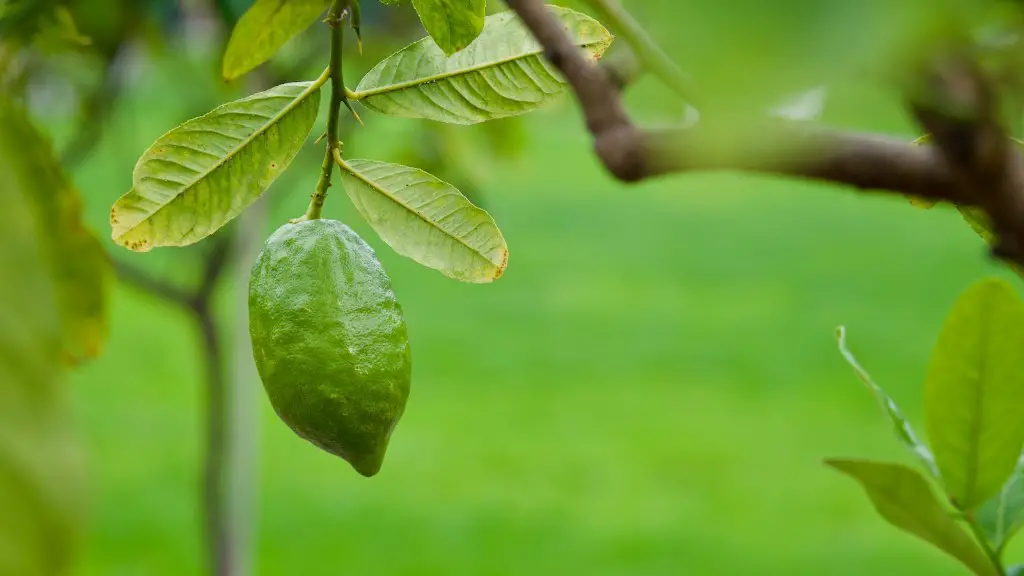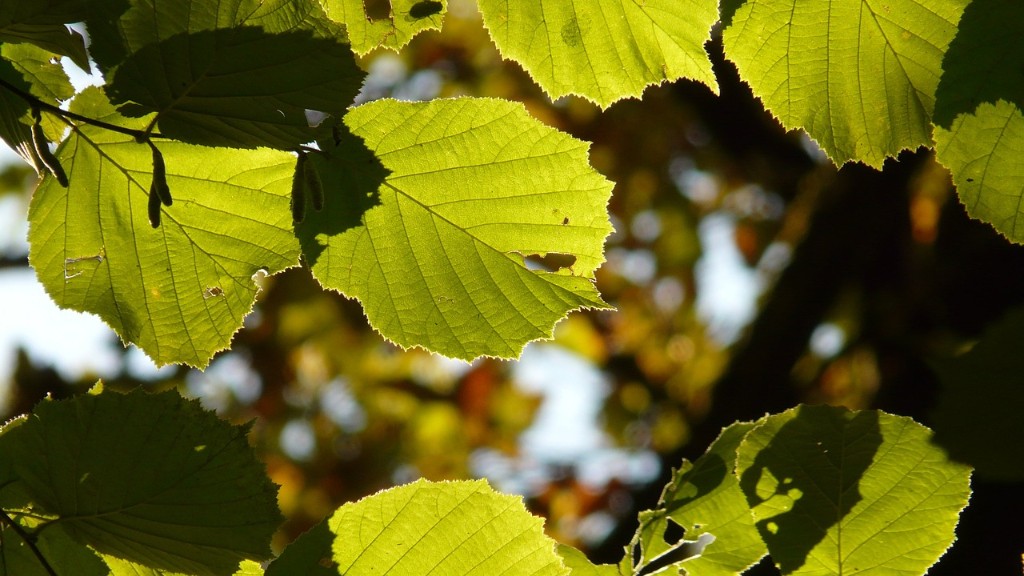Introduction
Cherry blossom trees are flowering marvels that provide beautiful scenes in formal gardens and parks, and they are also suitable for growing in containers. As they are deciduous, they lose their leaves and enter a state of dormancy during winter, so when is the right time to plant one in the U.K.? We investigate further to provide all the advice you need.
Cherry Blossoms in the UK
Cherry blossom trees, Prunus species, are well-known for their colorful showy flowers that bloom in the spring, bringing cheer to gardens and providing beautiful picturesque scenes. In the UK, cherry blossom trees are relatively easy to grow, provided they are given well-drained, rich soil mixed with compost and in a sheltered, sunny spot. It is important to research your local climate and soil type when planting a cherry blossom tree in the UK, as this will determine the best time for doing so and how successful your tree will be.
When to Plant in the UK
Experts generally recommend planting cherry blossom trees in the UK in autumn or winter, but as climates vary, it is best to refer to your local climate to determine the best time. For example, if your local climate has a mild winter, you should wait until late winter or early spring to plant your cherry blossom tree. Conversely, if your local climate has a harsher winter, you may wish to plant your tree in the late autumn.
Taking Care of the Tree
Once planted, cherry blossom trees should be kept well-watered, especially during the early weeks when they are establishing their root systems. You should also apply mulch, such as bark chips or leaf mould, around the base of the tree to retain moisture and nutrients. As the tree is establishing, you should check its roots regularly to ensure they have not been damaged or exposed.
Fertilization
After the cherry blossom tree is established, it should be given a slow release fertilizer to ensure its ongoing health. Fertilization should be done in the spring and autumn, and should be tailored to the needs of the tree and the local soil type. Furthermore, regular pruning can help maintain the health of cherry blossom trees and encourage flowering.
Pests and Diseases
Cherry blossom trees are susceptible to various pests and diseases, and it is important to check for these regularly, especially during late winter and early spring. Signs of pests and diseases include discolored leaves, yellowing foliage, and stunted growth. Thankfully, there are numerous pest and disease treatments available to keep your cherry blossom tree healthy.
Conclusion
When planting a cherry blossom tree in the UK, it is important to refer to your local climate and soil type and check for any pests or diseases. The tree should be planted in autumn or winter, and you should apply a slow release fertilizer to ensure its ongoing health. With care and maintenance, your cherry blossom tree will provide beautiful blooms for many years to come.
All about Cherry Blossom Trees
Background and Species
Cherry blossom trees are from the genus Prunus and produce huge, showy blooms over the spring months, bringing delight to formal gardens, parks, and yards. These trees are deciduous, meaning they shed their leaves before winter and enter a state of dormancy. The UK is home to some of the most beautiful cherry blossom trees in the world, and with the right care, they can last for years.
Where to Plant
When planting a cherry blossom tree in the UK, it is important to ensure it is located in a sheltered, sunny spot with well-drained, rich soil. Additionally, the location of your tree depends on the local climate and soil type, as these will determine the best time for planting and the tree’s longevity.
Maintenance and Care
It is essential to water your cherry blossom tree regularly, especially in the first few weeks after planting as it forms its root system. Mulch, such as bark chips and leaf mould, should be applied around the tree to retain water and nutrients. Fertilizer should be applied in the spring and autumn and regular pruning is recommended for optimal health.
Pests and Diseases
Cherry blossom trees are vulnerable to attack from pests and disease, so it is important to check regularly for signs such as discolored leaves, yellowing leaves, and stunted growth. There are numerous treatments available that can help control pest and disease populations, reducing damage and increasing the tree’s life expectancy.
Key Considerations
When planting and caring for a cherry blossom tree in the UK, it is important to consider the local soil type and climate, the suitability of the tree’s location, and the amount of maintenance and treatment it will need. With the right care, a cherry blossom tree can provide beauty and delight for many years to come.



